The tercentenary of the birth of Giacomo Casanova (Venice, 1725 - Duchcov, 1798) offers the occasion for an exhibition that combines art, literature and historical memory between Venice and Naples. It was inaugurated in the halls of the Royal Palace of Naples, the exhibition Giambattista Pittoni and the Age of Casanova. Journey in the 1700s between Venice and Naples, set up until Aug. 15 in the Queen’s Alcove on the main floor of the historic Bourbon residence. The centerpiece of the exhibition are three paintings by Venetian painter Giambattista Pittoni (Venice, 1687 - 1767), a central artist of the Italian 18th century, who produced some of his work in the very same years in which his illustrious fellow citizen, Casanova, was undertaking his first travels to the Peninsula. Pittoni’s works, depicting the mythological deities Venus, Diana and Apollo, come from an American private collection, the Steven Maksin Family Collection in Las Vegas, and were found and recognized in 2024 by art historian Andrea Donati.
“This small exhibition,” says Paola Ricciardi, Deputy Director of the Royal Palace of Naples, “intends to be the starting point for further focus on the rooms of the Royal Palace’s Label Apartment, through a reading of the collections that highlights the dimension of the Reggia as a space of habitation, a place of the daily life of the Kings, investigated both in its more official aspects and in its more private and ’domestic’ dimension.”
“The triptych by Giambattista Pittoni displayed in this exhibition was made in the same period,” said Andrea Donati, art historian and curator of the exhibition. “The paintings have always been exhibited together. Recognizing the attribution of Apollo to Pittoni 60 years after the black-and-white paintings of Venus and Diana were published is the result of work that rewards study and research. The paintings, commissioned by an ancient noble family of Padua, now extinct, were probably originally displayed in a small boudoir. I do not exclude the possibility that a fourth one was made representing either Adonis or Mars, given the specular play of the figures.”
“The exhibition offers an opportunity, thanks to the collaboration between the Royal Palace of Naples and the Fondazione Musei Civici di Venezia, which preserves and enhances the city’s most relevant historical, artistic and cultural heritage, to present a never-before-seen account of the Venetian eighteenth century and beyond,” says Monica Viero, Fondazione Musei Civici di Venezia, resp. Museo Correr Library and MUVE Libraries and Archives. “The extremely rich bibliographic and documentary collections preserved by the Civic Museums of Venice offer for this itinerary their Casanovian materials, which also include documents related to illustrious Neapolitan Casanovists preserved in the collection of the Venetian collector Aldo Ravà, who devoted years of study to the rehabilitation of the image of Casanova who became the often uncomfortable witness of that dark side of the eighteenth century that the morality of the following centuries was inevitably to condemn.”
“When, talking with Andrea Donati and Monica Viero, the possibility of participating in the celebrations in honor of Giacomo Casanova came up, I immediately thought of the Royal Palace,” adds Donatella Dentice di Accadia, Component of the Scientific Committee of the Royal Palace of Naples. "Indeed, the Scientific Committee, of which I am honored to be a member, fights to preserve the courtly vocation of the place, even in the celebrations that take place there. And who could, better than Giacomo Casanova, an eighteenth-century character, refined and of incredible vivacity, surrounded by the magical aura of Love, Venetian, but several times present in Naples, animate the Queen’s alcove ? The Venice-Naples fil rouge already highlighted in the recent exhibitions at the State Archives(Trame - San Leucio’s silks and Rubelli’s velvets and Paris Bordone - Allegory of spring and autumn), now unfolds in the Neapolitan Reggia."
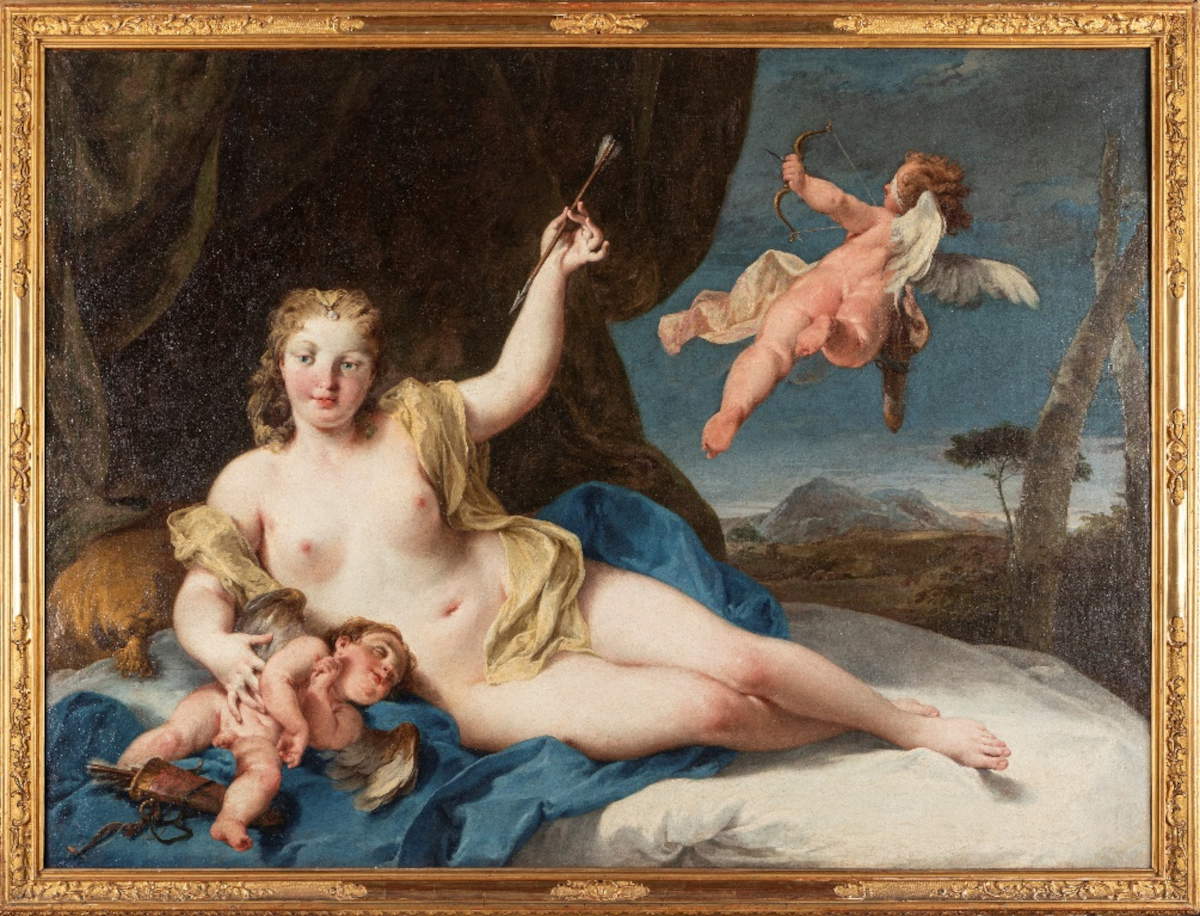
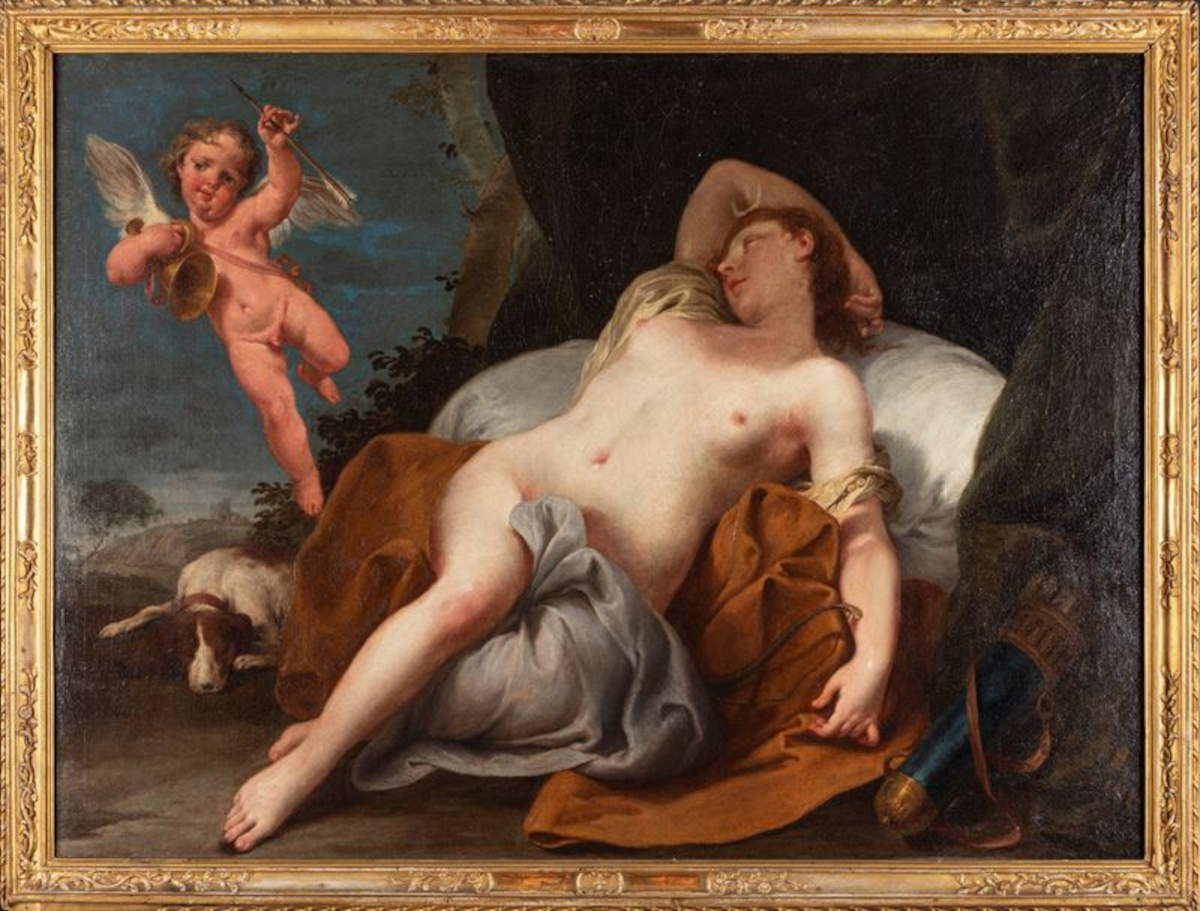
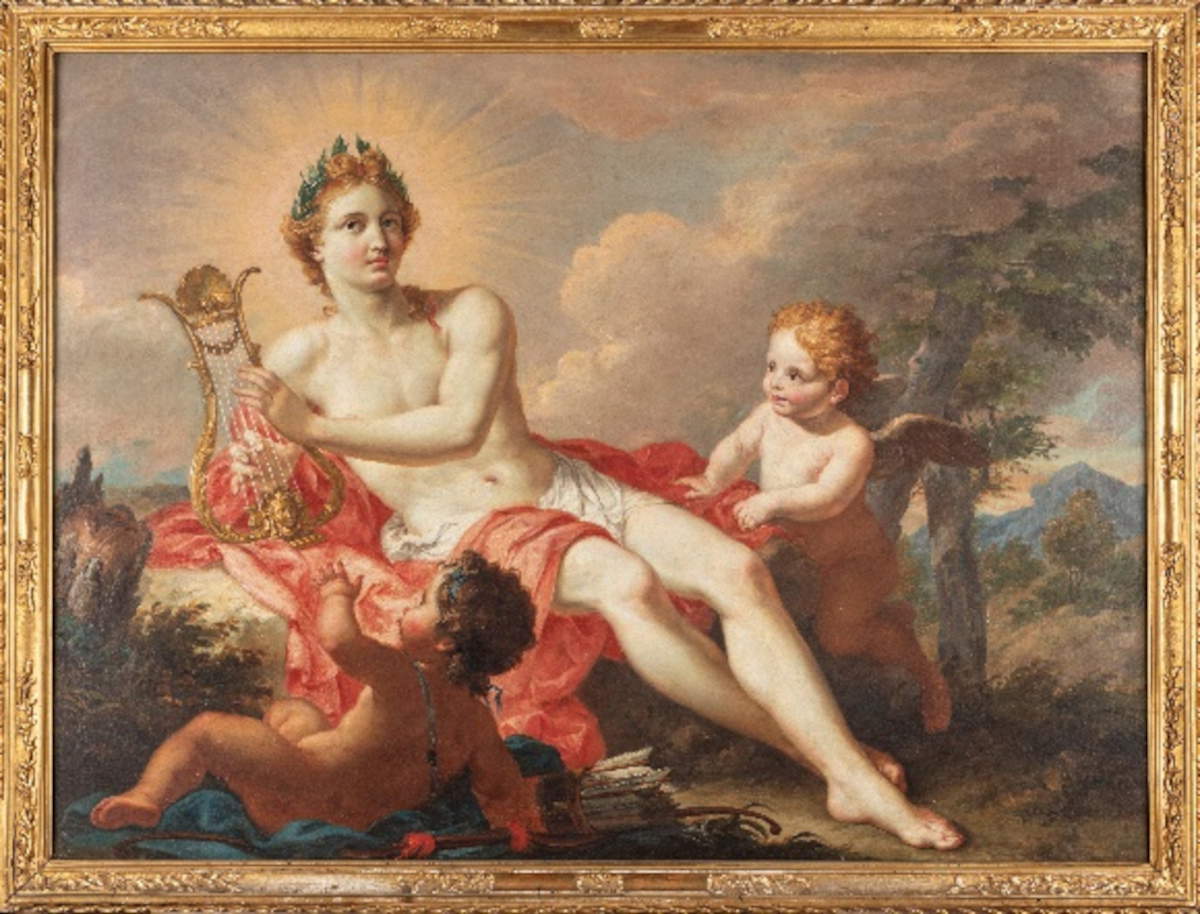
The painting dedicated to Apollo is a previously unpublished work, while the canvases depicting Venus and Diana turn out to be documented by two black-and-white photographs found in Egidio Martini’s La pittura veneziana del Settecento (Venice, Edizioni Marciane, 1964), but deemed missing by scholar Franca Zava Boccazzi in her 1979 catalog raisonné. The recovery and relocation of the works are due to the collaboration between the Palazzo Reale’s scientific staff, composed of Elena Carrelli, Antonella Delli Paoli and Stefano Gei, and the Fondazione Musei Civici di Venezia, with technical and scientific support from Donati. The three paintings, with mythological subject matter and marked by a voluptuous and rococo taste, evoke the libertine climate of the time, in consonance with the narrative and biographical imagery linked to the figure of Casanova.
The theme of seduction, beauty and ambiguity of feelings, embodied in the mythological characters painted by Pittoni, perfectly reflects the cultural and moral tensions of 18th-century Europe. The analogy between these atmospheres and the life of the famous Venetian adventurer is not limited to a visual suggestion, but manifests itself as the guiding interpretive line of the exhibition, which also includes literary and photographic documents from two Casanovist funds preserved in Venice and Naples. In fact, alongside the canvases, the exhibition presents some photographic reproductions from the Aldo Ravà fund, kept at the Correr Museum Library in Venice, and materials from the Di Giacomo Fund, kept in the Lucchesi Palli section of the “Vittorio Emanuele III” National Library in Naples. These testimonies recount the evolution of the figure of Casanova in cultural memory between the 19th and 20th centuries, through the passionate gaze of two scholars: Aldo Ravà and Salvatore Di Giacomo. Ravà, born in Venice in 1879, was a collector and scholar of 18th-century art and literature. Di Giacomo, born in Naples in 1860, was a poet, playwright and essayist. Coming from different cultural and family backgrounds, they both shared a deep and almost obsessive interest in the figure of Casanova, striving to restore to the literary work and life of the Venetian adventurer a historical and artistic dignity taken away, in their judgment, from the prevailing moralism of later eras.
The researches of Ravà and Di Giacomo, though distant in methods and aims, appear to be united by a common tension toward reconstructing the historical “truth” behind the myth. Their studies not only shed light on biographical details and itineraries of the character, but also reflect how Casanova’s image became a mirror of successive eras. Indeed, in the admiration of the two scholars, one can detect a nostalgia that belongs to their time more than to the 18th century, a desire to recover an irregular and fascinating figure who eludes convention, and who is therefore also charged with meaning for the early 20th century. The venue chosen for the installation, the Queen’s Alcove, proves particularly suitable for the exhibition. The ’room, which was part of the queen’s private apartment along with the adjacent Chapel and Cabinet, still retains the characteristics of an intimate, reserved space, almost suspended in time. Its 18th-century architectural layout, remodeled in subsequent centuries but still legible in its original lines, dialogues with Pittoni’s works and the documents on display, strengthening the link between the content of the exhibition and its container. Giacomo Casanova was the protagonist of an erratic and multifaceted life. Writer, scientist, diplomat, esotericist and tireless traveler, he stayed in Naples on at least five occasions. In the Parthenopean capital he came into contact with the aristocracy and cultural circles of the time, and the city, with its sensual and cultured atmosphere, proved to be one of the most relevant stages in his existential parabola. It is no coincidence, then, that Naples also became over time one of the centers of historiographic and literary reflection on Casanova, through the studies of, among others, Benedetto Croce and Di Giacomo himself. The exhibition Giambattista Pittoni and the Age of Casanovais open daily, except Wednesdays, from 9 a.m. to 8 p.m. Admission is included in the admission ticket to the Royal Palace.
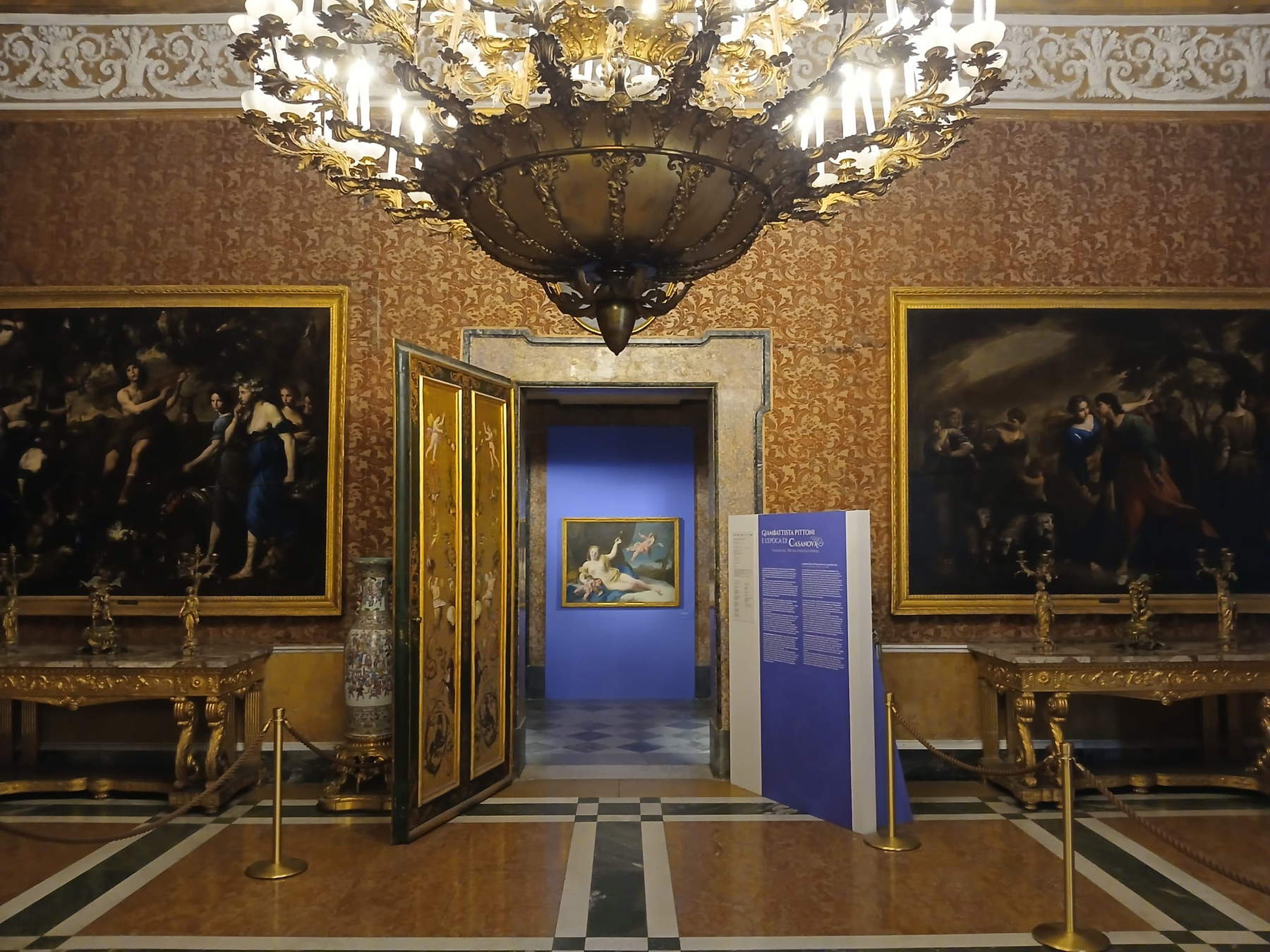
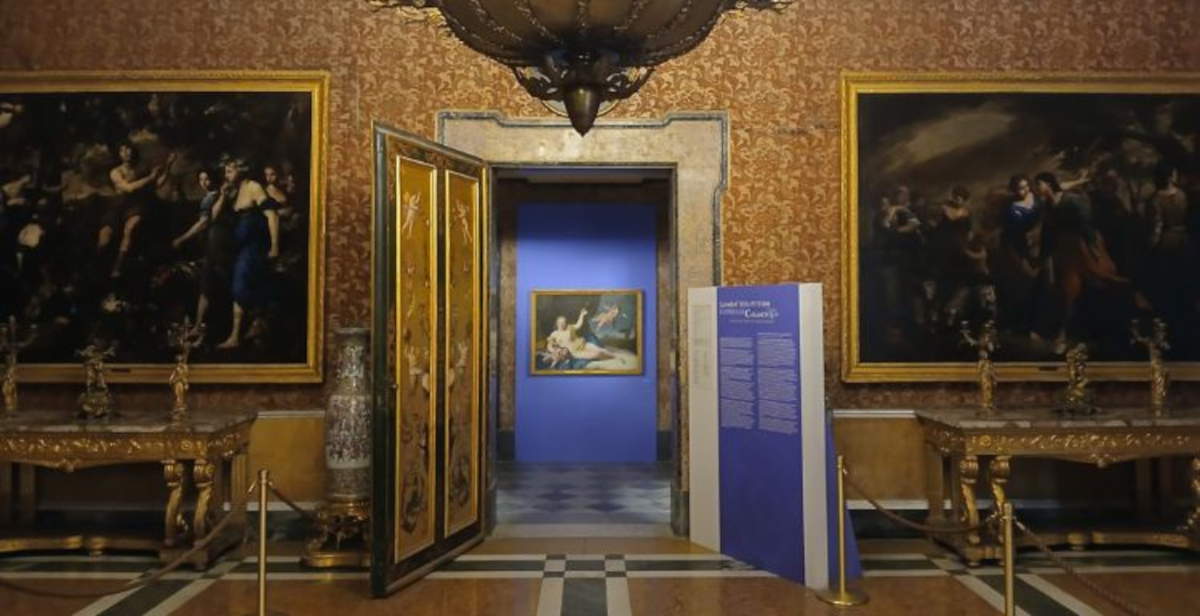 |
| Naples, at the Royal Palace, works by Gianbattista Pittoni recount the era of Casanova |
Warning: the translation into English of the original Italian article was created using automatic tools. We undertake to review all articles, but we do not guarantee the total absence of inaccuracies in the translation due to the program. You can find the original by clicking on the ITA button. If you find any mistake,please contact us.